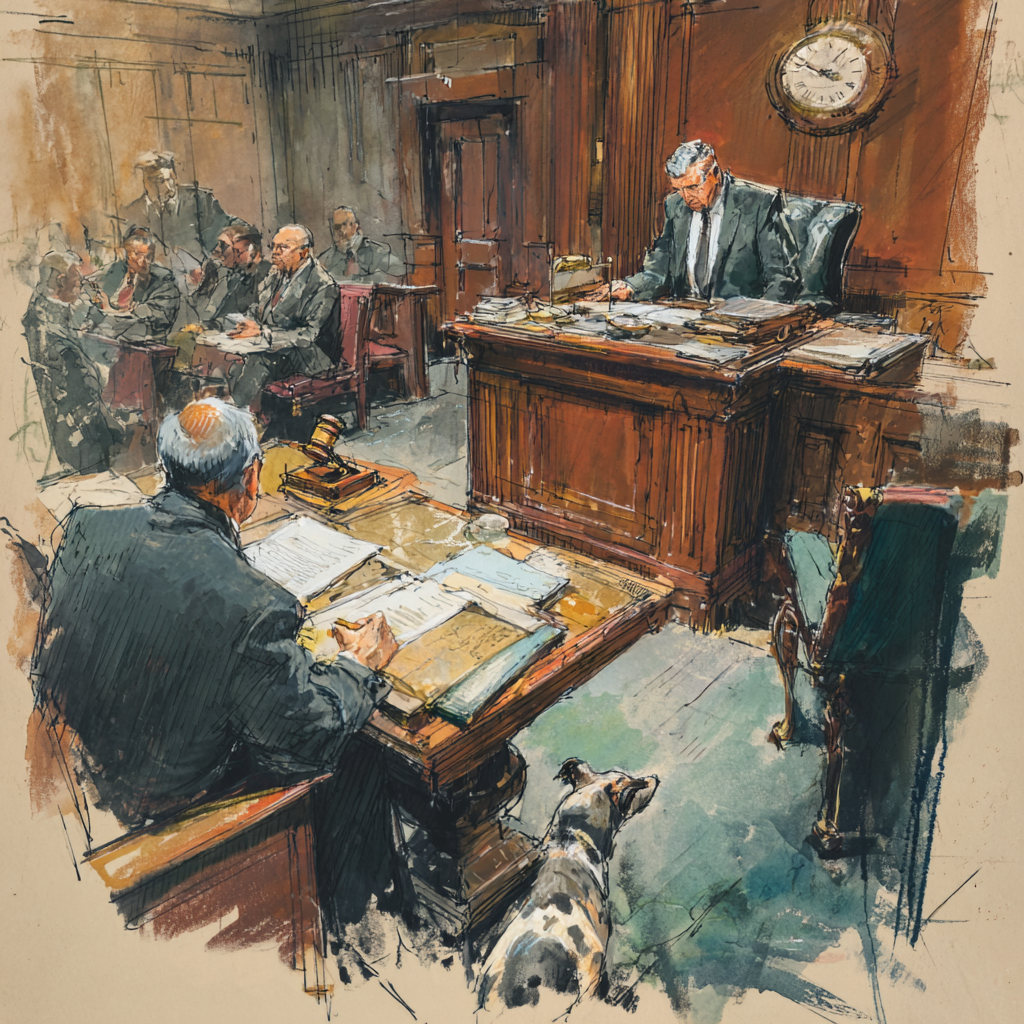Woodward Med. Rehabilitation, P.C. v State Farm Fire & Cas. Co., 2011 NY Slip Op 52442(U)(App. Term 2d Dept. 2011)
In this case, which seems to be one of first impression, the Court held that a motion cannot be withdrawn or amended without leave of court. Does this mean that a letter carbon copied to the other side requesting that a motion be withdrawn is now invalid?
“Nowhere in the papers in support of defendant’s amended motion did defendant set forth why it concluded that the amended motion was necessary, nor did defendant seek to withdraw the original motion. On the return date, the Civil Court denied both the original motion as defective and the amended motion as having been made “more than one year after the original motion without leave of court.” Defendant’s sole argument on appeal is [*2]that the Civil Court improperly refused to consider its amended motion.”
“A party who concludes that a motion is defective or insufficient should apply for and obtain leave to withdraw or amend it” (60 CJS, Motions and Orders § 41; see generally Hoover v Rochester Print. Co., 2 App Div 11 [1896]). As the record in this case does not indicate that defendant either sought leave to withdraw the original motion or to amend it, and as defendant did not set forth any reason why an amended motion was necessary, the Civil Court did not improvidently exercise its discretion in refusing to entertain the amended motion.”










4 Responses
Also not a good idea: doing a cross-motion against your own motion in order to correct a defect in the first motion.
When you practice in a court that reads the papers and doesn’t dispense Civil Kings justice, the case is actually adjudicated on the merits. So I tend to think these things are all venue specific. The real practice tip is to explain in your subsequent papers what went amiss.
Hopefully, this is an outlier. That a Court, much less an appellate level court, determines a procedural issue, not by citing to the CPLR, but to practice commentaries and a case that is almost 120 years old, is curious to say the least.
The case fails to take into account modern procedure or even procedure from when the Civil Practice Act was in effect. The case the court cited to I believe was probably an application of the Code of Civil Procedure (the predecessor to the Civil Practice Act). How many times do you write a letter to a Supreme Court Judge or even an appellate court withdrawing a motion or an appeal?
It is the Term inventing law, like always.